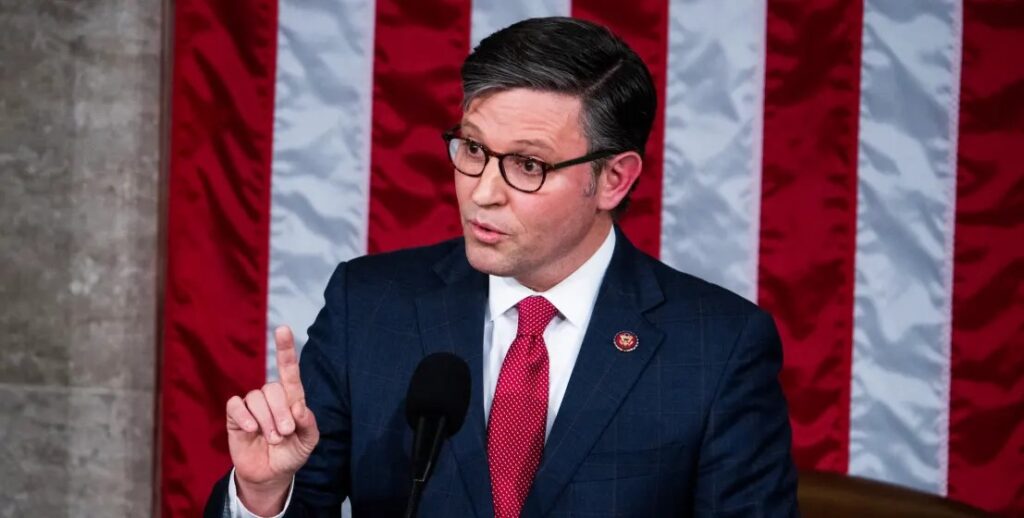With the union and General Motors announcing a tentative agreement on a new contract on Monday, the United Auto Workers strike is expected to come to an end.
The discovery was made a few days after Ford and Stellantis reached comparable agreements.
On Wednesday, the union announced a framework agreement with Ford, and on Saturday, it announced a deal with Stellantis, the company that manufactures Ram, Dodge, and Chrysler automobiles.
A simple majority of the union-represented employees of each automaker must then ratify the agreements after they have been approved by local UAW leaders. That will require multiple days to complete.
After their previous contract with the Big Three expired on September 15, about 13,000 UAW members went on strike. Over time, that increased to roughly 40,000 of the 146,000 union members quitting their jobs. Each company’s output was slowed by that, with the effects becoming more pronounced over time.
On Tuesday, General Motors (GM) announced that the strike was costing them $200 million every week at the time and would reduce their annual pretax profit by $800 million.
The contracts have a duration of 4½ years, ending on April 30, 2028, if members approve them. Union members will receive a pay increase of 11% initially and a further 25% over the term of the agreement. Along with other greatly improved benefits, the new contract also restores cost-of-living adjustments, allows workers to reach top wages in three years as opposed to eight, and safeguards their right to strike over plant closures.
In the wake of the Great Recession of 2007–2008, which compelled GM and Chrysler to accept government bailouts followed by corporate restructuring, UAW members decided to forgo cost-of-living increases.
UAW President Shawn Fain claimed that while the automakers were making record profits, their employees were struggling with lower pay for recent hires, reduced benefits for retirees, and the effects of the worst inflation in forty years. This became a major point of contention in the ongoing negotiations.
The negotiations produced a pay increase that was significantly higher than what the UAW’s members had previously received. The agreement, according to the union, also provides five $500 payouts to union retirees and the surviving spouses of union members.
Fain used to say, “Record profits mean record contracts.”
Fain talked about fighting back against “corporate greed” when he led his first strike as president, citing the sacrifices made by workers to ensure the survival of the auto industry. This contributed to the political framing of the strike. President Joe Biden accepted Fain’s invitation and joined a picket line early in the strike in an attempt to strengthen his reputation with laborers. The first president to do so while in office was him.
Other well-known politicians expressed their support as well, primarily Democrats.
For the first time, employees of all three companies went on strike at the same time as UAW members. The union had previously forced a company to the negotiating table by going on strike, after which it forced the other two top automakers to accept comparable terms.
It was also unorthodox to launch a limited attack first and build up to a larger one. Fain, who took over as president of the autoworkers’ union in March, attributed the union’s success to its “sit down strike” against General Motors nearly nine decades prior.
Even though the majority of UAW members continued to work, Fain instructed certain groups of employees to go on strike with little notice, which made it difficult for the automakers to plan for the union’s actions and had a disproportionate impact on the size of the strike. Workers at the lucrative truck and SUV plants owned by GM, Ford, and Stellantis went on strike closer to the end of the strike than at the start.
Another major point of contention was the shift from internal combustion engines to electric vehicles. The union charged that the Big Three planned to shift jobs from unionized manufacturing plants to lower-wage establishments that produce batteries.
The union claims that GM consented to include employees of GM Subsystems as well as those who work at those electric battery plants in the new contract.
Employees at GM will resume work as a result of the tentative agreement, just as those at Ford and Stellantis did following the announcement of those agreements.





